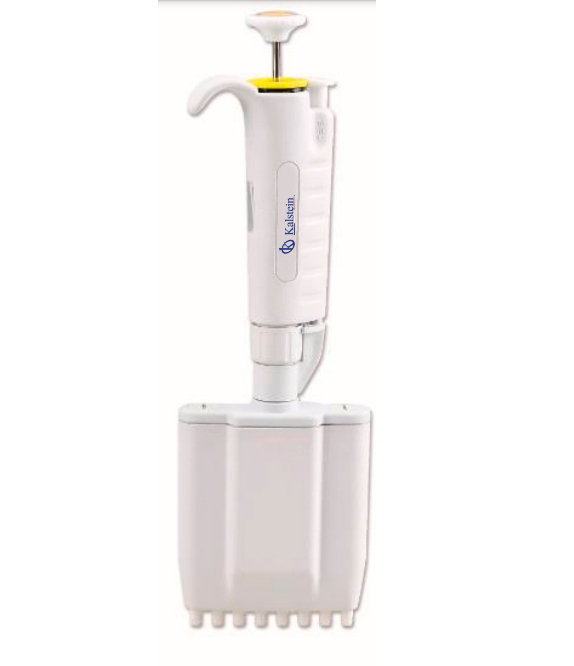The micropipette or automatic pipette is a device used for taking samples in very small volumes, measured in μL (microliters), allowing the manipulation of samples for experimentation in different areas of science. This instrument was invented by a German doctor named Heinrich Schnitger.
The volume varies according to the micropipette model, the most common are maximum of 20, 200 and 1000 μL. Before its invention, the so-called “pipetting” was carried out through suction through the mouth by means of capillaries or glass pipettes, representing several risks such as the involuntary ingestion of dangerous liquids, cleaning of the material and difficulty in obtaining precision in sampling, this being an activity that was left only to experienced professionals.
Types of micropipettes
There is a great variety of micropipettes, among which the following stand out:
- Fixed volume micropipettes
- Variable volume micropipettes
- Digital micropipettes
- Single channel micropipettes
- Multichannel pipettes
- Repeating micropipette
Types of tips used by micropipettes
It should be noted that the use of micropipettes allows the use of different liquids without having to wash the device: for this, disposable plastic tips (essential consumable) are used, which are usually sterile. There are several types of tips: for example, yellow tips for pipetting small volumes (eg 10 μl), and blue ones for pipetting large volumes (eg 800 μl).
There are multiple varieties of presentations with universal compatibility with the vast majority of major micropipette brands on the market:
- Different lengths and design
- With “low retention” technology
- Bags with and without filter
- Sterile and non-sterile racks
- Refills
- Sterile filter racks
- Tips for micropipette different sizes with and without filter
What are the general recommendations for the use of micropipettes?
- Never use the disposable tipless micropipette
- Use the appropriate tip according to your ability.
- Never dispense outside of the ranges indicated by the capacity of the micropipette.
- Do not make quick movements, you could breathe in air bubbles and not draw in the correct volume of liquid and this could rise, damaging the mechanism of the micropipette.
Care and maintenance of micropipettes
- Start the day by cleaning the outside of the pipettes of dust or dirt.
- Use only 70% ethanol for cleaning the pipette. Another type of solvent is not advisable.
- Use the appropriate tips for the pipettes and the amount of solution to be measured.
- The piston and cylinder can be checked by trained technical personnel twice a year if the pipette is used daily.
Micropipettes and tips have undergone various changes over the years, from manufacturing materials and design to be more efficient, but they follow the same principle, adapting to current needs.
At Kalstein we are MANUFACTURERS and we have excellent micropipettes and all the consumable material for them, such as disposable tips of different sizes and volumes, at the best PRICES on the market.That is why we invite you to take a look at: HERE

